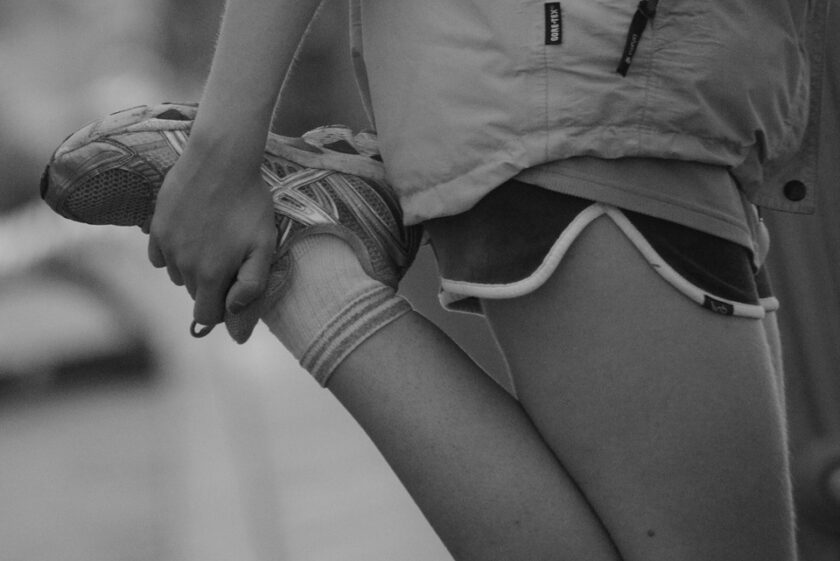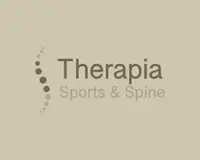
7 Essential Leg Stretches For Everyone (Especially Runners)
Why leg stretches are important
If we use runners (or walkers, or anyone who plays sport!) as an example, we know that certain leg muscles (in particular) are repetitively contracted which means they are consistently in a SHORTENED position. Over time these muscles ADAPT to being in this shortened position which causes areas of tension and imbalance.
As physios, we know that whenever there is imbalance in the body, there are areas of reduced loading and areas of INCREASED loading – which can lead to injury. Common areas that excess loading may be “stored” include the plantar fascia, shins, knees, kneecaps, hips and back.
In order to keep the body tuned and keeping moving for the long, LONG term, a balance in your muscles’ length is vital. This program has been specifically designed to target the major muscle groups involved in running and in doing so keep your running legs moving for longer.
What stretches would we recommend … and WHY?!
1. Knee to chest
Focus: Gluteus maximus
Why: The biggest muscle in the human body! Generates power to launch the body into flight. Also an important muscle to keep supple for hip and lower back flexibility.
2. Figure-4 stretch
Focus: Gluteus medius, piriformis
Why: Assist to keep the pelvis and hips stable when running, but if they are too tight the pelvis & hips can become rigid.
3. Side-lying driver stretch
Focus: Quadriceps
Why: These muscles extend the front leg forward as you stride and absorb the impact force of landing from the knees. Flexible quads will help to reduced tension in the knees.
4. Butterfly stretch
Focus: Short adductors
Why: Your short adductors support the stability of the pelvis and hips as you run – working in synergy with the gluteus medius. Keeping them flexible can help reduce groin pain.
5. Long sitting ankle release
Focus: Talocrural joint, subtalar joint, calcaneocuboid joint & talonavicular joint
Why: Many joints make up the ankles! The repetitive loading of the ankles while running can cause stiffness in any one of these joints which will reduce the power output from the legs to the ground as well as creating the potential for injury.
6. Long sitting outer lower leg stretch
Focus: Fibularis longus & brevis
Why: These muscles help to stabilise the ankles and arches and can become tight – particularly when running on uneven ground or grass.
7. All-4s calf stretch
Focus: Gastrocnemius, soleus
Why: The calves are responsible for launching the body forward by lifting the heel while pressing the body weight in front of the ball of the foot. This can generate a lot of muscle tension and tightness over time!
8. Kneeling hamstring stretch
Focus: Hamstrings
Why: The hamstrings bend the knee and extend the hip (draw the leg behind you) as you take off running. This repetitive contracting will cause tightness over time if not regularly stretched.
9. All-4’s gate stretch
Focus: Long adductors
Why: Your long adductors support the stability of the pelvis, hips and knees as you run and assist with both absorbing the impact of landing and the explosive power of take-off. Especially when going up or down hills!
10. Lunge
Focus: Hip flexors (iliopsoas)
Why: In a stride, the front leg hip flexor raises the thigh up while the back hip flexor is stretched. Keeping the hip flexors flexible will help increase stride length.
11. Kneel sitting
Focus: Tibialis anterior (shin muscles), quads
Why: The shin muscles take much of the impact of landing and control the smooth transition from your heel to toes as you glide over the pavement! The repetition of running will build tension and tightness in these muscles over time.
When should you stretch??!!
Before, after and between runs!
- DYNAMIC stretches are done before exercise to assist with warming up the muscles and preparing them for movement and exercise.
Examples within this program are; beating the legs in the butterfly stretch or bouncing back and forth in the kneeling calf stretch.
- STATIC stretches are completed after or between (e.g. a “stretch session”) exercise by holding the stretch for greater than 30 seconds to achieve greater length and stretch tolerance in the target muscle(s).
Give this program a go and see how your body feels. We would love to hear how you go!
Disclaimer
If you have experienced or are experiencing any injuries, chronic tightness or pain in the legs or back, it is recommended that you seek the advice of your trusted health advisor (GP, physio, or us!) before giving this program a go. Give us a call on 8221 5011 or email us on info@therapia.com.au if you have any enquiries!
Book Appointment



